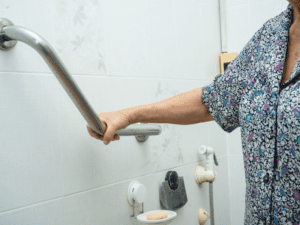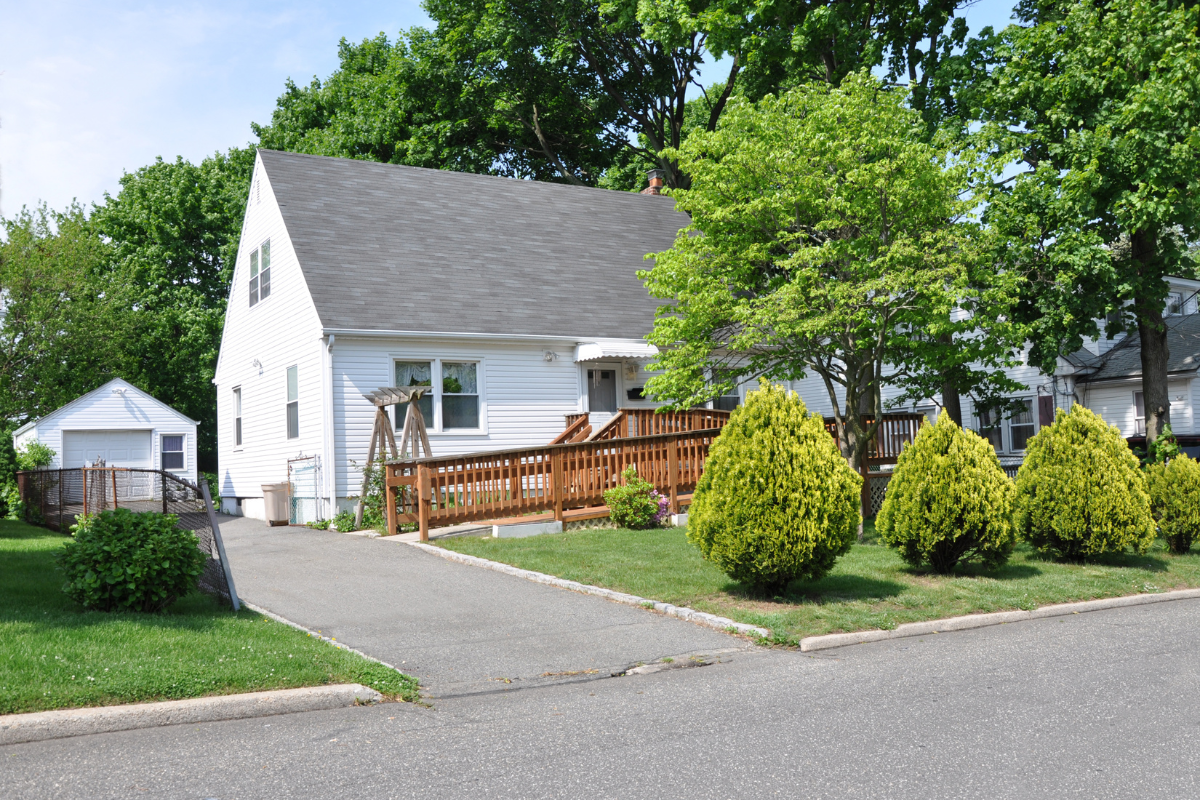Accessibility renovations are essential for ensuring comfortable and safe living spaces for everyone. they make this possible, ensuring that everyone can move freely and safely within their living spaces. Whether you’re planning to age in place or accommodate a family member with special needs, financing these renovations can be daunting. The good news is that there are numerous financial aids available to help you get started. In this blog post, we’ll explore grants, loans, and tax incentives. By the end, you’ll have a clear understanding of how to fund your accessibility renovations without breaking the bank.
 Identifying Your Needs
Identifying Your Needs
Before you can apply for any financial aid, it’s crucial to identify your specific accessibility needs. Start by assessing your home. Walk through each room and consider what modifications are required to make them more accessible. Common changes include installing ramps, widening doorways, and adding grab bars in bathrooms. Creating a detailed renovation plan will not only help you visualize the end result but also provide a clear guide for contractors and financial aid applications.
Next, consult with professionals. Occupational therapists and accessibility consultants can offer expert advice on the best modifications for your unique situation. They can also help you prioritize renovations based on necessity and budget constraints. Don’t forget to involve the potential users of these modifications in the planning process. Their input is invaluable in ensuring that the changes meet their specific needs.
Finally, document everything. Take photos, draw sketches, and write down detailed descriptions of the areas you plan to renovate. This documentation will be helpful when applying for grants, loans, and tax incentives, as it provides a clear picture of what you aim to achieve.
Grants for Accessibility Renovations
Grants can be a lifesaver when it comes to financing accessibility renovations. These are funds provided by government agencies, non-profits, and other organizations that don’t need to be repaid. In Southwestern Ontario, several grants are available to homeowners seeking to make their homes more accessible.
One notable grant is the Ontario Renovates Program. This program provides financial assistance to low-income homeowners for necessary home repairs, including accessibility modifications. To qualify, you must meet income eligibility criteria and demonstrate that the renovations will improve accessibility. The application process involves submitting detailed renovation plans and income verification documents.
Another valuable resource is the March of Dimes Canada Home & Vehicle Modification Program. This program offers grants to eligible Ontario residents to help cover the costs of home and vehicle modifications that enhance mobility and accessibility. Applicants must provide medical documentation supporting the need for modifications and meet specific financial criteria.
Lastly, local municipalities often have their own grant programs. It’s worthwhile to check with your city or town’s housing department to see what local funds might be available. Each program will have its own set of eligibility requirements and application procedures, so be sure to read the fine print carefully.
 Loans for Accessibility Renovations
Loans for Accessibility Renovations
If grants don’t cover all your renovation costs, loans can be another viable option. Several types of loans are available to homeowners in Southwestern Ontario looking to finance accessibility improvements.
Home equity loans are a popular choice. These loans allow you to borrow against the equity you’ve built up in your home. Because they are secured by your property, home equity loans often come with lower interest rates than other types of loans. However, it’s important to consider that your home is used as collateral, meaning you could risk losing it if you fail to make payments.
Personal loans are another option. Unlike home equity loans, personal loans are unsecured, meaning they don’t require collateral. This makes them easier to obtain for those who may not have significant home equity. However, they tend to come with higher interest rates and shorter repayment terms. It’s essential to shop around and compare offers from different lenders to find the best terms for your situation.
Lastly, consider looking into specialized loans for accessibility renovations. Some financial institutions offer loans specifically designed for home modifications. These loans may come with favourable terms and conditions tailored to the unique needs of accessibility projects. Always read the fine print and fully understand the repayment obligations before committing to any loan.
Tax Incentives for Accessibility Renovations
In addition to grants and loans, tax incentives can provide significant financial relief for homeowners undertaking accessibility renovations. These incentives can come in the form of tax credits, deductions, or other benefits designed to offset the cost of home modifications.
The Canadian government offers the Home Accessibility Tax Credit (HATC), which provides a non-refundable tax credit for eligible home renovations that improve accessibility or safety for seniors or individuals with disabilities. To qualify, you must claim the expenses on your tax return, and the renovations must meet specific criteria outlined by the Canada Revenue Agency (CRA). Eligible expenses include the cost of labour, building materials, and equipment rentals.
Another useful incentive is the Medical Expense Tax Credit (METC). This credit allows you to claim a wide range of medical expenses on your tax return, including certain home accessibility modifications. To be eligible, the modifications must be prescribed by a medical professional and directly related to the medical condition of the individual requiring them. Keep detailed records of all expenses and medical documentation to support your claim.
In addition to federal tax incentives, some provinces and municipalities offer their own tax-related benefits for accessibility renovations. Check with your local tax authority or a tax professional to see if there are additional credits or deductions available in your area. For more information on the Home Accessibility Tax Credit and how it can help offset costs, visit the Canada Revenue Agency’s Home Accessibility Tax Credit page.
Accessibility renovations can be a game-changer, making your home safer and more comfortable for everyone. While the costs associated with these modifications can be significant, there are numerous financing options available to help ease the burden. From grants and loans to tax incentives, homeowners in Southwestern Ontario have a variety of resources at their disposal.
Assess your needs, create a detailed renovation plan, and explore all available funding options. Doing so will ensure that you can make the necessary improvements without compromising your financial stability. Don’t hesitate to reach out to professionals for guidance and support throughout the process.
For those looking to take the next step, consider consulting with a financial advisor or a local housing authority to discuss your specific situation in more detail. By leveraging these resources, you can transform your home into a more accessible and welcoming space for everyone.


 Loans for Accessibility Renovations
Loans for Accessibility Renovations